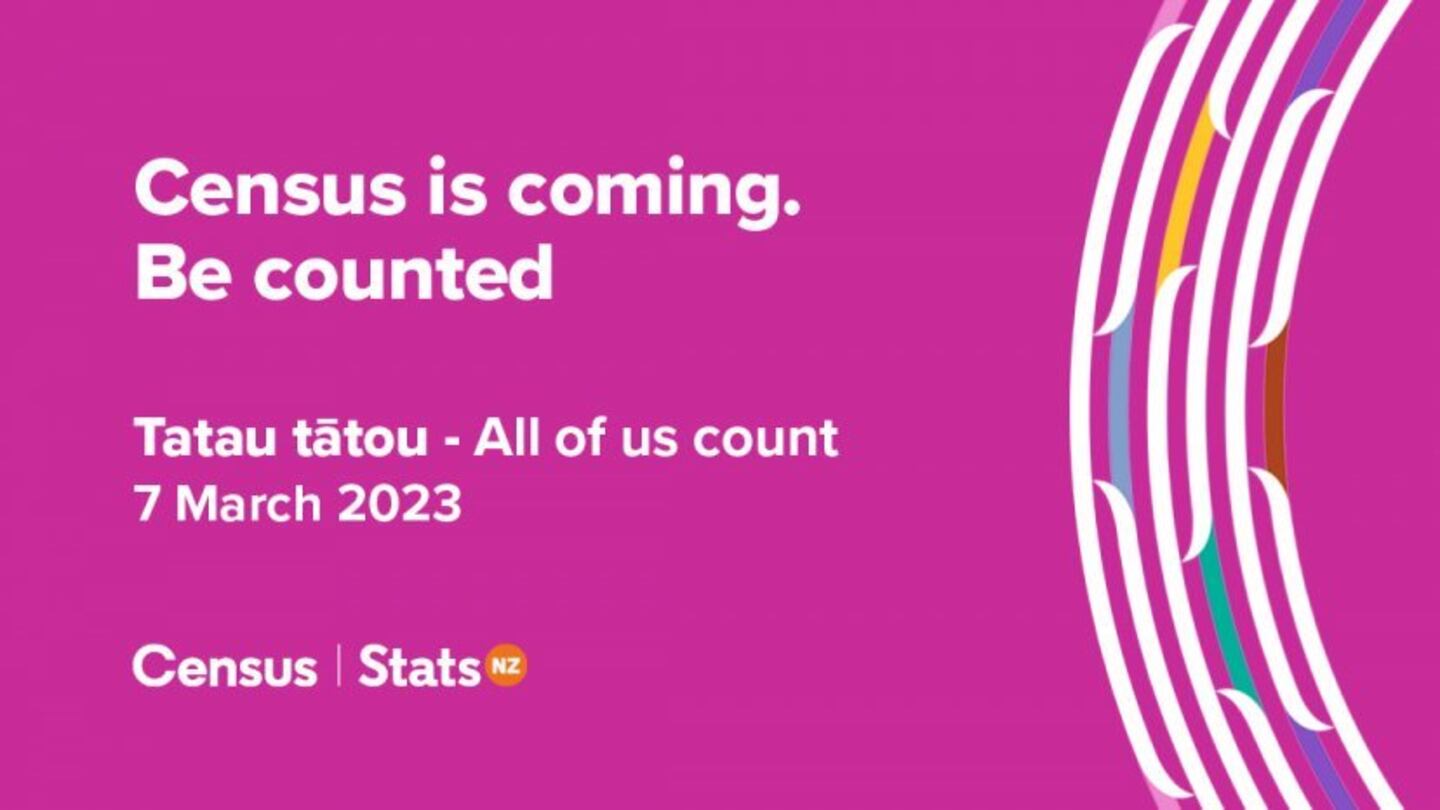Stats NZ says it has taken 'valuable lessons' from the 2018 Census and is ensuring this Census 2023 will deliver for iwi and Māori.
The census collects iwi and Māori data for the whole country, which is used by iwi and the government for policy and planning purposes and for future developments. The census is the main source of iwi affiliation data and the only way to understand how many people speak te reo Māori.
“Data collected in the census has the potential to create a real and positive difference for whānau, hapū, and iwi,” deputy government statistician and deputy chief executive census and collection operations Simon Mason said.
However, the previous census - the five-yearly official count of population and dwellings, was riddled with problems. An independent review found it was overly complex and ineffective, with low response rates especially among Māori and Pasifika. Mason is vowing change this time around.
“We did not deliver well enough for Māori and iwi in the 2018 Census, including consulting and engaging on how data was collected and how we could have supported Māori to participate.
“Stats NZ is committed to being a responsible Te Tiriti partner. I am confident that the 2023 Census has been designed to address issues of the previous census and produce positive outcomes for Māori.”
Initiatives to strengthen the voice of and for Māori in the 2023 Census have been implemented at the governance and operational levels, as well as through engagement and communications for the 2023 Census.
“The presence of the data iwi leaders group (a mandated sub-group of the Iwi Chairs Forum) on the Census Programme Board, regular advice from external advisors Te Taumata Whakaritenga Māori rōpū, and a dedicated 2023 Census Te Ao Māori team have all provided important input to census decisions,” Mason said.
“We have welcomed the opportunity to work with the data iwi leaders group and iwi to support the delivery of Te Mana Whakatipu, which will see iwi-led collections for census trialled for the first time in three locations (in Te Tai Tokerau and Tairawhiti, and with Te Whānau ā Apanui)
Additionally, a range of changes has been made to improve the census experience for Māori including having twice as many census engagement staff than in 2018, with more than half being Māori. A Māori-first design approach for the 2023 Census marketing campaign is ensuring census messaging will reach Māori and priority response groups across the country. The census visual identity has been specifically designed to deliver an inclusive census.
It will also be easier to take part in the census, with everyone having the choice to complete the census online or on a paper form. It is expected the number of paper forms will increase from 3% of the population in 2018 to more than 40%.
It will also be easier to enter iwi affiliation information on the online form, and a new iwi map will make it easier to answer this question.
A commitment to supporting the use of te reo Māori has been delivered through a fully bilingual census website, bilingual census forms, and other support (including telephone support) available in te reo Māori.
Census 2023 will take place on March 7 with information gathered used to inform government, iwi, organisations and businesses to make best practice decisions for all of Aotearoa.


